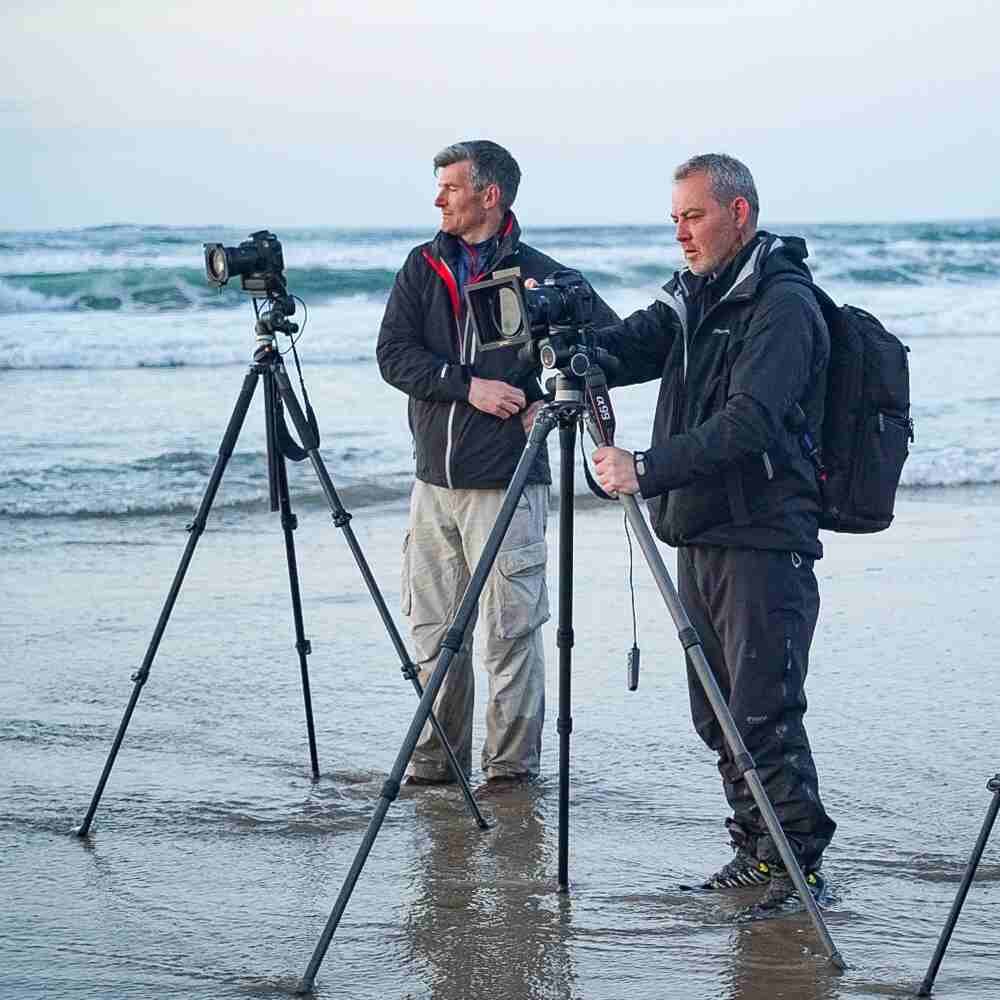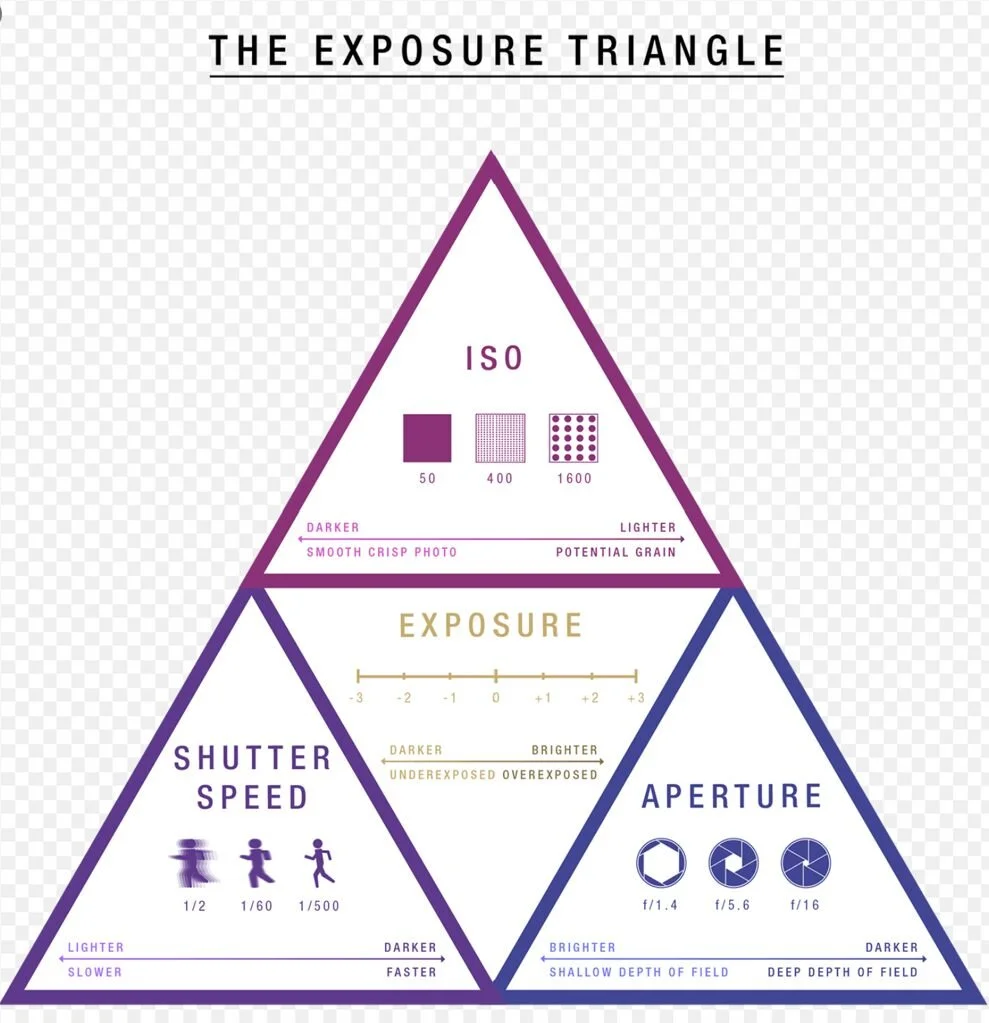Introduction - What is Manual Exposure in photography
Diving into the intricate world of photography, the mastery of manual camera settings stands as a fundamental cornerstone, empowering photographers with the creative control necessary to realise their vision. By understanding and manipulating these settings, artists can transcend the limitations of automatic modes, achieving precise exposure levels, and crafting images that truly resonate with their intent. This guide illuminates the path for beginners, laying the foundation for an enriching journey into the art and science of photography. With a setting on manual mode, it delves into the essentials of the exposure triangle, metering system, and the nuanced balance between long exposure, overexposure, and underexposure, enabling photographers to capture scenes with unparalleled clarity and creativity.
As we journey through this guide, readers will be equipped with a camera manual settings cheat sheet, a valuable tool for those venturing into manual mode for the first time or seeking to refine their understanding of manual camera settings. From the theoretical concepts of the exposure triangle to practical steps for leveraging the metering system for optimal results, this article covers the key settings and techniques instrumental in mastering manual exposure. Furthermore, it will explore the significant advantages and potential drawbacks of manual exposure, offering readers a comprehensive understanding of when and how to apply these techniques to enhance their photographic practice. Empowering photographers with knowledge and skills, this guide aspires to transform enthusiasts into adept visual storytellers, proficient in the art of creative control through the effective use of manual camera settings.
Overview of Manual Exposure in Photography
Photographing in manual mode introduces a level of flexibility and creative control that automatic settings simply cannot offer. When a photographer opts for manual exposure, they assume full responsibility for adjusting the three pivotal elements of the exposure triangle: shutter speed, aperture, and ISO. These settings collectively influence the brightness, sharpness, depth of field, and overall quality of the photograph, determining the meaning of exposure in photography.
Complete Control of Camera Settings
In manual mode, every camera setting is at the photographer's discretion, allowing for precise adjustments to each component. This control is particularly beneficial in challenging lighting conditions or when aiming for specific artistic effects like high-key photography or low-key photography. For instance, by modifying the aperture, photographers can alter the depth of field. A wide aperture (e.g., F/1.8) will produce a shallow depth of field, emphasising the subject while blurring the background—ideal for portraits. Conversely, a narrow aperture (e.g., F/16) increases the depth of field, ensuring that everything in the frame, from foreground to background, remains in sharp focus, which is preferred for landscape photography.
Shutter speed adjustment is another advantage of manual mode. Fast shutter speeds (e.g., 1/1000th of a second) can freeze fast-moving subjects like wildlife or athletes in motion, capturing every detail with clarity. On the other hand, slower shutter speeds (e.g., 1/30th of a second) can introduce motion blur, adding a sense of movement to subjects like flowing water or speeding vehicles. This is what exposure in photography is all about.
ISO control further enhances the photographer's ability to shoot in varied lighting conditions. A higher ISO enables shooting in low light without sacrificing the shutter speed or aperture settings. However, it's crucial to manage ISO carefully as higher values can introduce noise, affecting image quality.
Manual mode is not just about technical control but also about artistic freedom. It allows photographers to experiment with different combinations of settings to achieve the desired visual effect, making each captured image a unique expression of their creative vision. This is the essence of exposure photography.
Key Settings in Manual Exposure





























